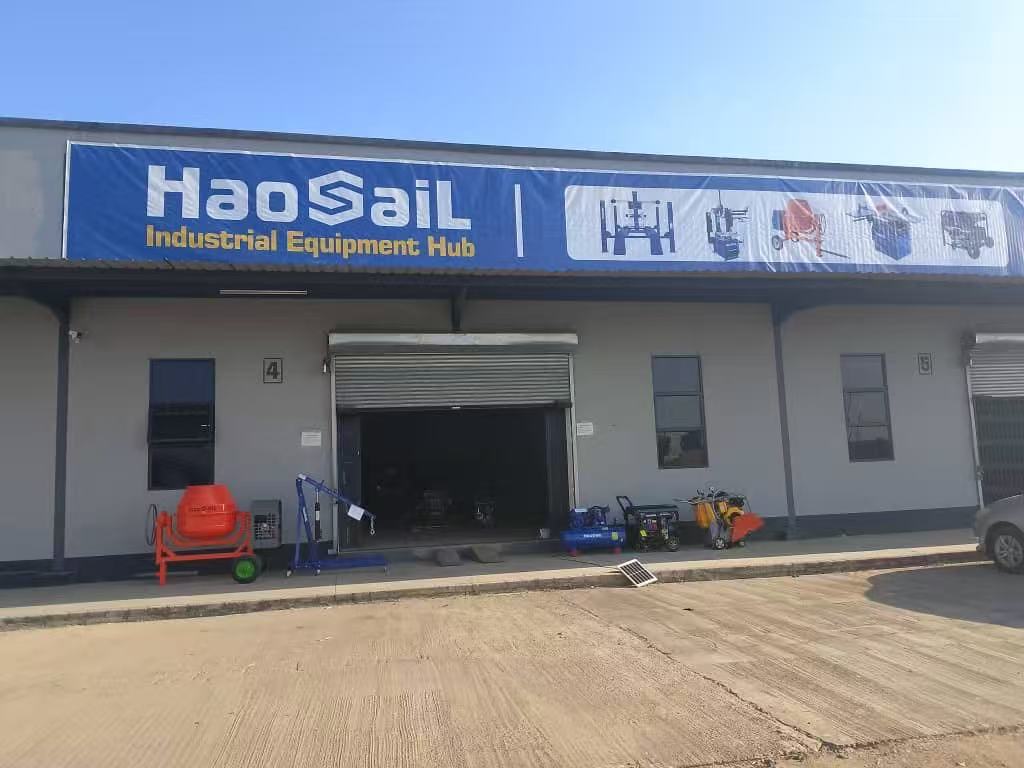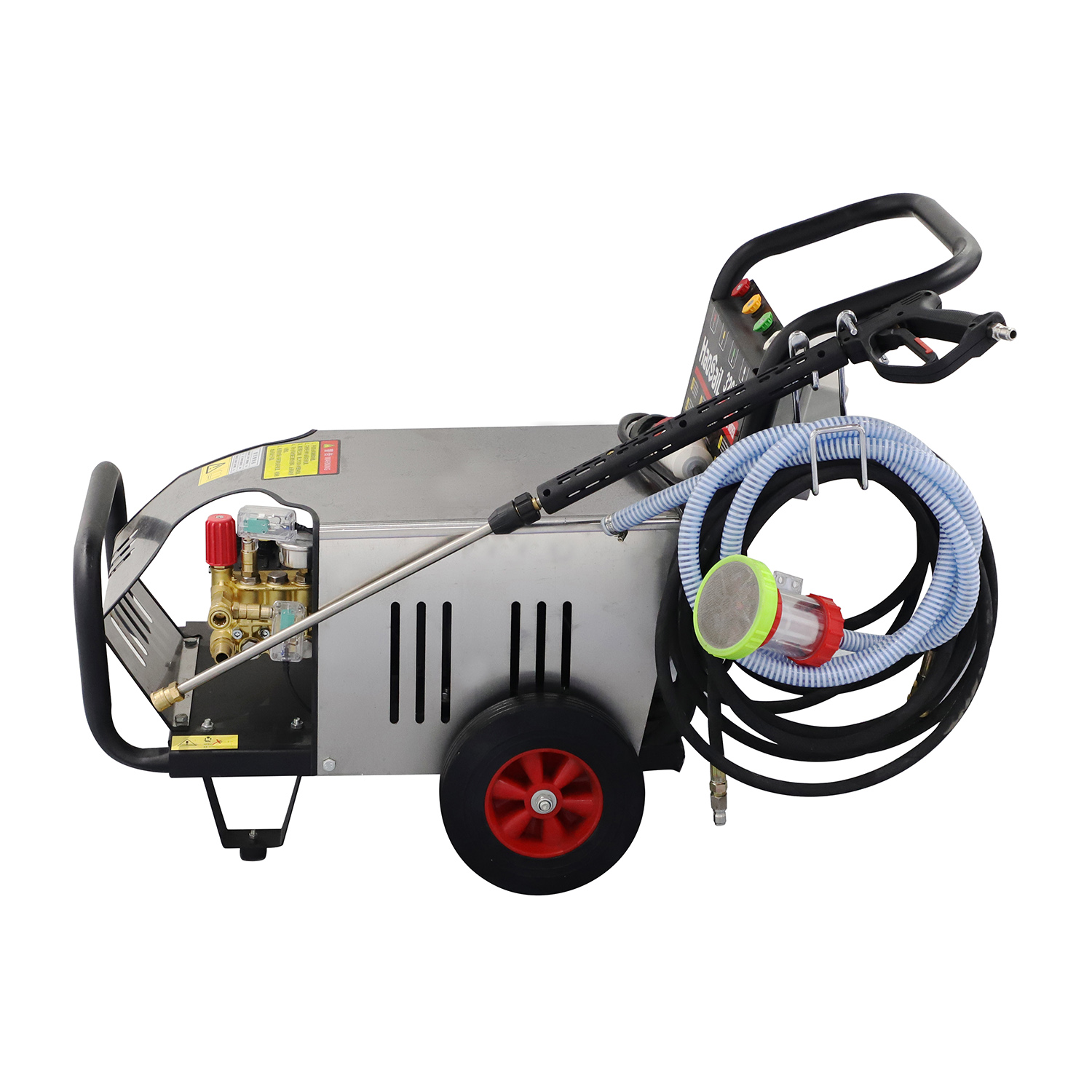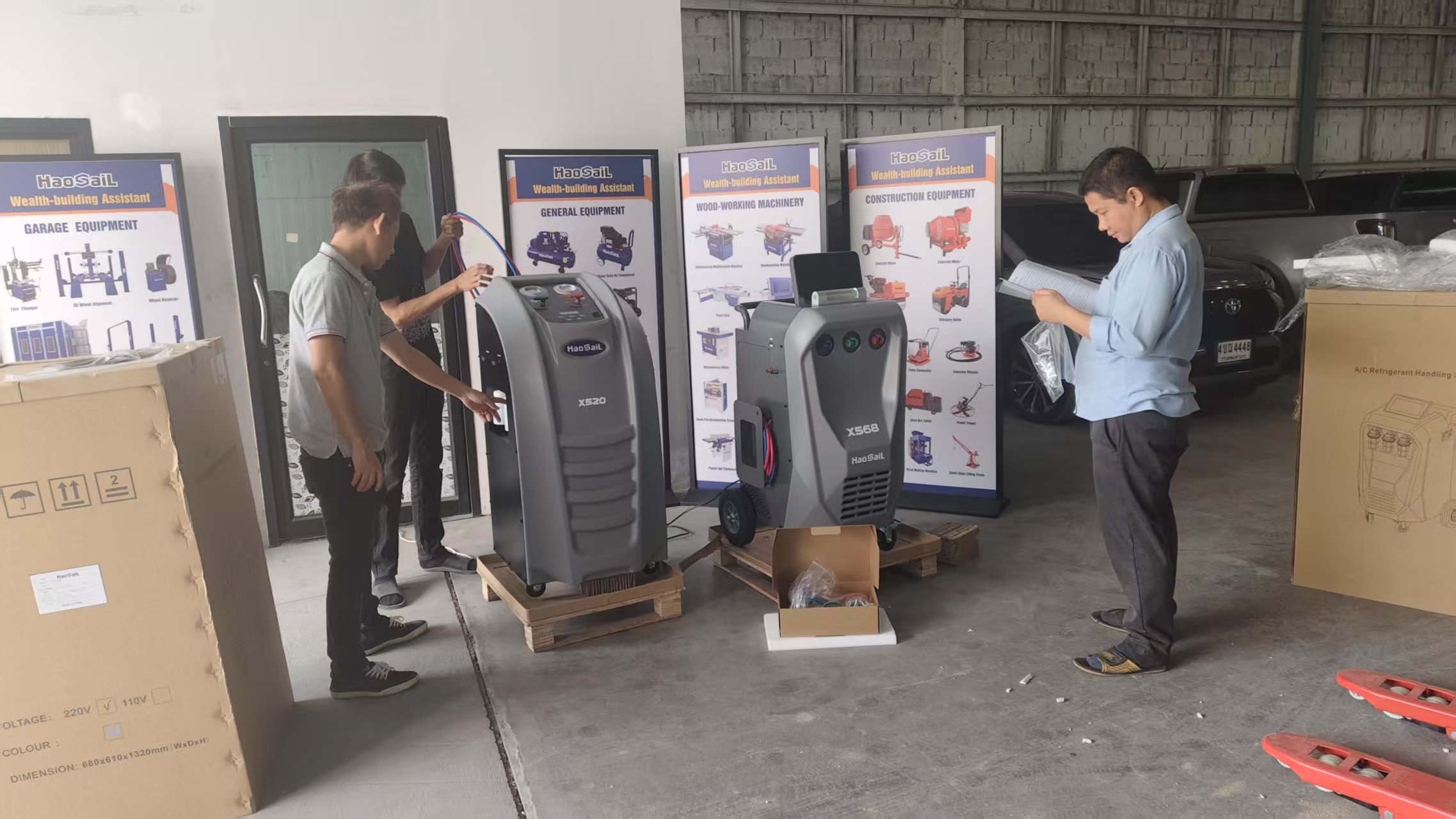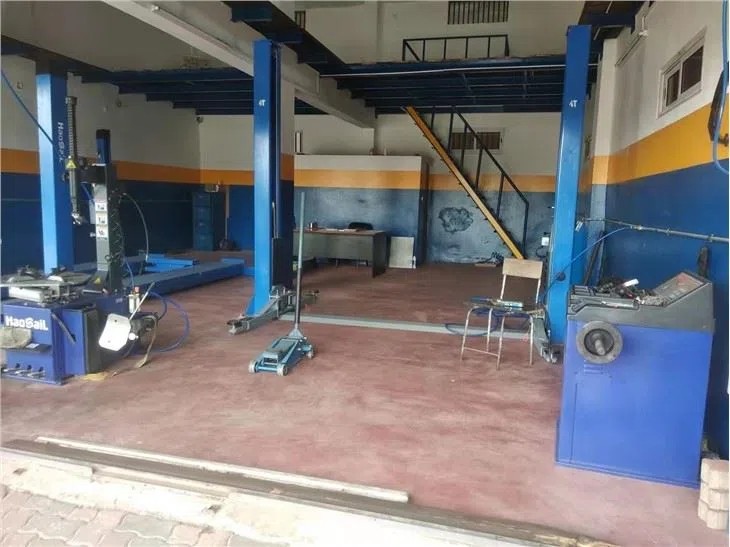
Aug 27, 2025

Aug 12, 2025

Jun 04, 2025

May 30, 2025
B4, Qingdao High-Tech Zone, No. 17 Songyuan Road, Qingdao.
+86 13864822549

In the automotive world, ensuring a smooth and safe driving experience is paramount. One of the most critical maintenance tasks to achieve this is wheel balancing, a process performed using a specialized tool called a Wheel Balancer. This essential procedure corrects imbalances in a vehicle's wheels, preventing vibrations, uneven tyre wear, and potential safety hazards. Understanding why wheel balancing is necessary and how to use a Wheel Balancer*effectively is crucial for both vehicle owners and mechanics.
Why Does Every Vehicle Need Wheel Balancing?
1. Preventing Vibrations: Unbalanced wheels are one of the most common causes of vibrations in a vehicle. When a wheel is out of balance, it creates uneven centrifugal forces as it rotates, leading to noticeable shaking, especially at higher speeds. A Wheel Balancer detects these imbalances and corrects them by adding counterweights, ensuring a smoother ride.
2. Extending Tyre Life: Imbalanced wheels cause uneven wear on tyres, reducing their lifespan. Over time, this can lead to premature tyre replacement and increased costs. Regular use of a Wheel Balancer ensures even weight distribution, promoting uniform tyre wear and maximizing their longevity.
3. Improving Fuel Efficiency: Unbalanced wheels increase rolling resistance, forcing the engine to work harder and consume more fuel. By using a Wheel Balancer to correct imbalances, you can reduce this resistance, improving fuel efficiency and saving money at the pump.
4. Enhancing Safety: Imbalanced wheels can compromise vehicle stability, especially during high-speed driving or sudden maneuvers. This imbalance can strain suspension components and increase the risk of accidents. A Wheel Balancer ensures that wheels are properly balanced, enhancing overall driving safety.
5. Optimizing Vehicle Performance: Balanced wheels contribute to better handling, braking, and overall performance. Whether you're driving a compact car or a heavy-duty truck, a Wheel Balancer helps maintain optimal performance by ensuring smooth and even wheel rotation.
Key Considerations When Using a Wheel Balancer
1. Regular Maintenance: Wheel balancing is not a one-time task. It should be performed regularly, especially after tyre rotations, replacements, or repairs. Regular use of a Wheel Balancer ensures that imbalances are detected and corrected promptly.
2. Proper Installation: When using a Wheel Balancer, ensure that the wheel is mounted correctly on the machine. Improper installation can lead to inaccurate readings and ineffective balancing. Follow the manufacturer's instructions carefully to achieve precise results.
3. Choosing the Right Counterweights: A Wheel Balancer identifies the exact amount and location of counterweights needed to balance a wheel. It's essential to use the correct type and size of weights, as improper weights can lead to further imbalances.
4. Calibration and Maintenance of the Machine: To ensure accurate results, the Wheel Balancer itself must be properly calibrated and maintained. Regularly check the machine's sensors, calibration settings, and moving parts to ensure it functions correctly.
5. Safety Precautions: Always prioritize safety when operating a Wheel Balancer. Ensure the machine is on a stable surface, and follow all safety guidelines provided by the manufacturer. Wear appropriate protective gear, such as gloves and safety glasses, to prevent injuries.
6. Handling Different Wheel Types: Modern Wheel Balancers are designed to handle a variety of wheel sizes and types, from passenger cars to heavy-duty trucks. However, it's important to adjust the machine's settings and attachments to accommodate different wheel configurations.
Conclusion
The Wheel Balancer is an indispensable tool in the automotive industry, playing a vital role in maintaining vehicle performance, safety, and efficiency. By understanding why wheel balancing is necessary and following best practices when using a Wheel Balancer, you can ensure a smoother ride, extend tyre life, and enhance overall driving safety.
In summary, wheel balancing is not just a routine maintenance task—it's a critical step in preserving your vehicle's health and performance. Whether you're a professional mechanic or a car owner, investing in a high-quality Wheel Balancer and using it correctly will pay off in the long run. Embrace this essential tool, and experience the difference it makes in your driving experience. Remember, balanced wheels mean a safer, smoother, and more efficient journey.